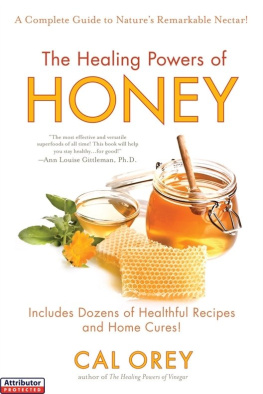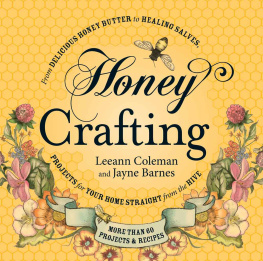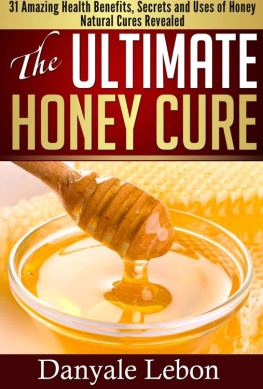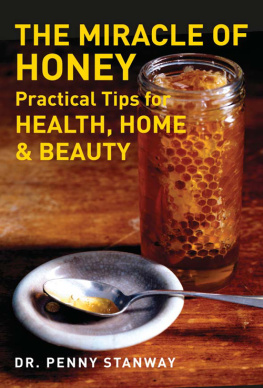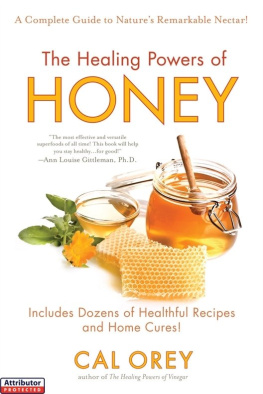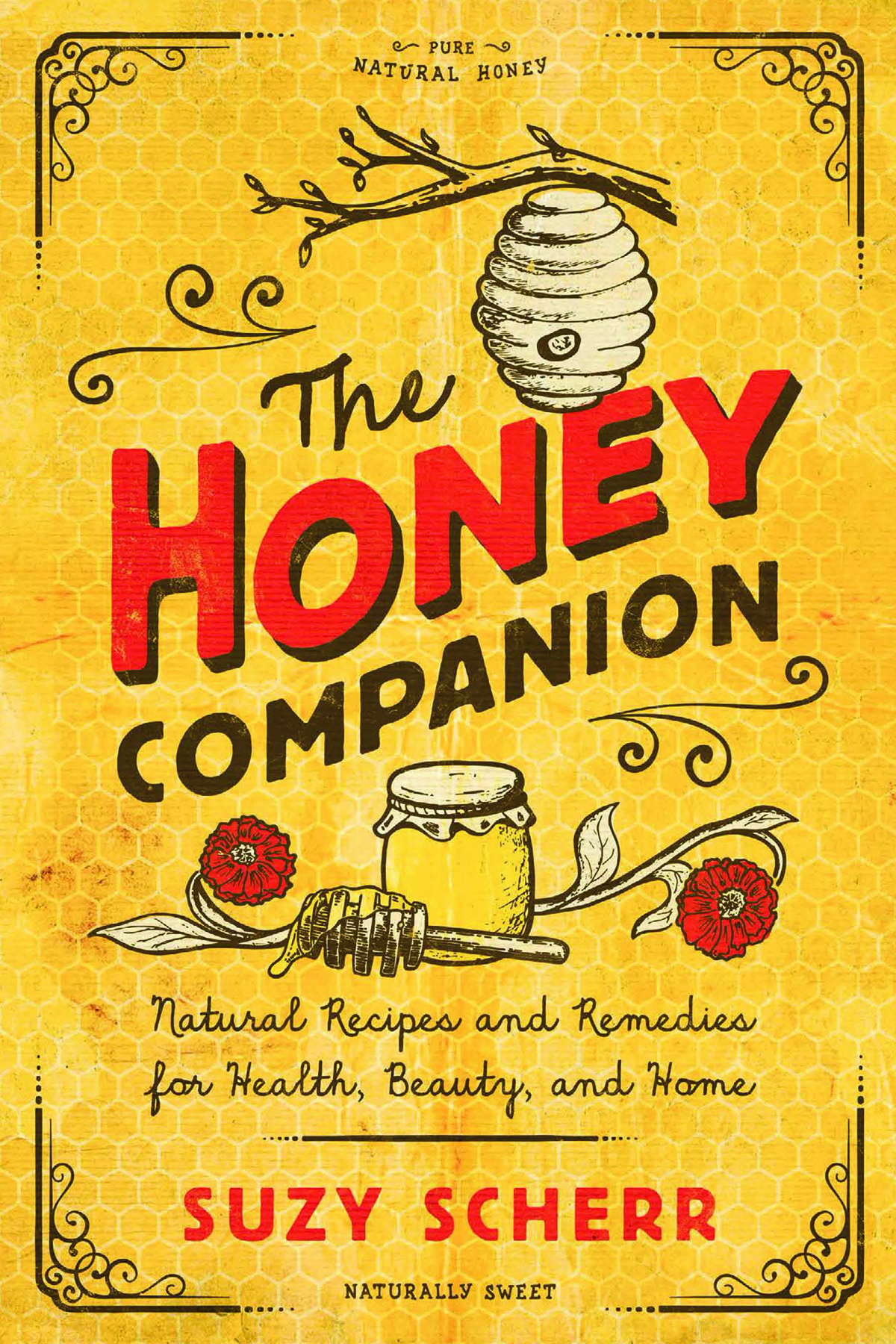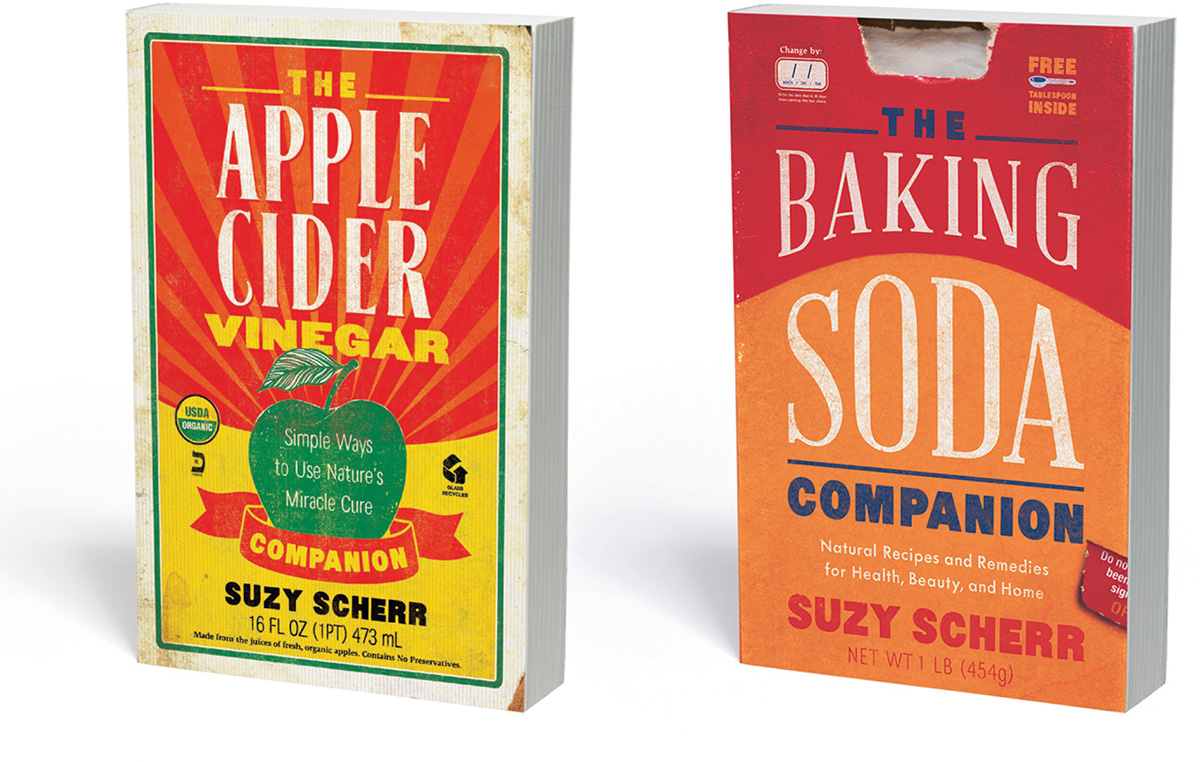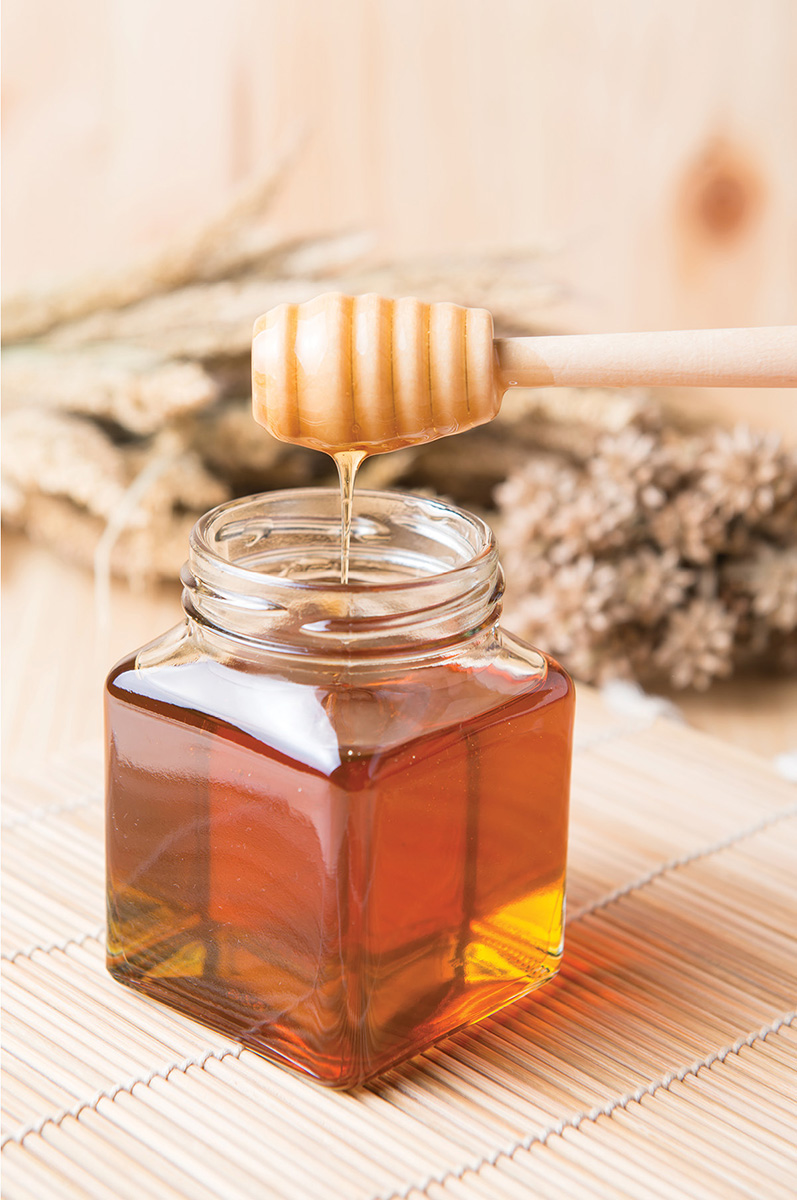To MAS, who is sweeter than honey.

GETTING STARTED
WITH HONEY
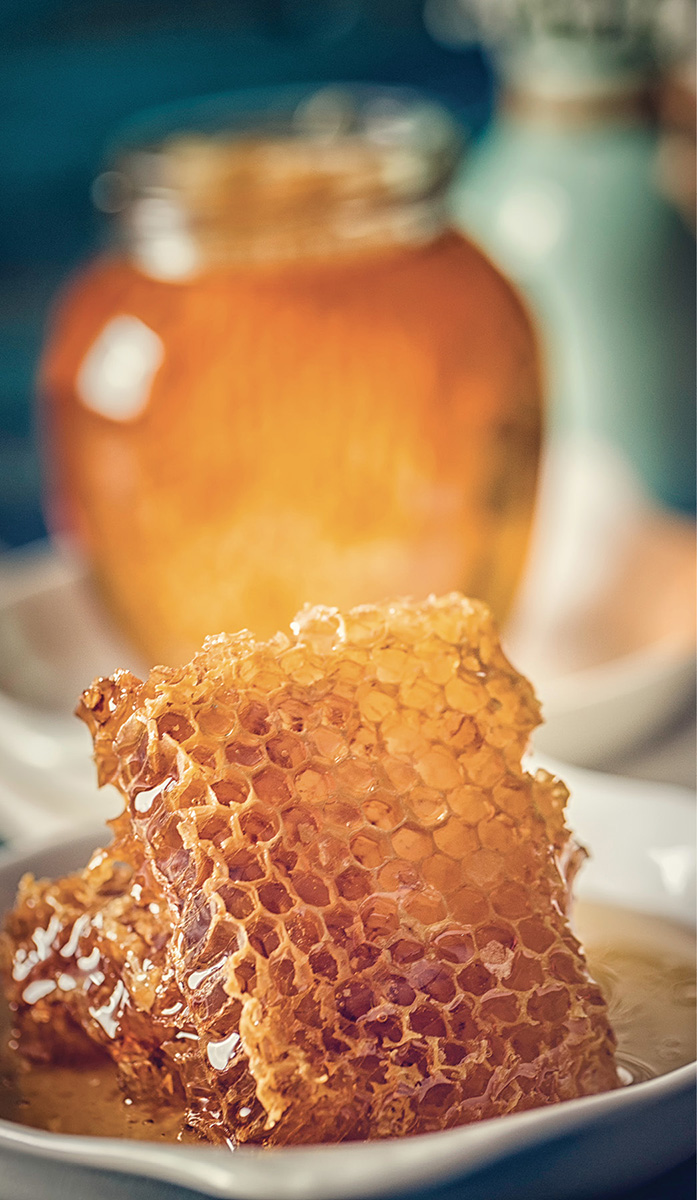
You know bees make honey. And you know honey is delicious. Youve probably used it to sweeten tea, maybe drizzled it on a biscuit or some toast here and there, and also... well, okay, mostly in tea, right? But Ill let you in on a little secret: Honey is so much more than just a sweetener. It is, as a matter of fact, liquid magicdeliciously complex, full of nutritional and medicinal benefitsa real powerhouse with scores of amazing uses both in and out of the kitchen.
Indeed, using honey on the regular will change your life andthanks to the amazing work of beesbenefit the planet. Sounds like an overstatement, I know, but I assure you it is not. As a working mom with a talent for juggling that is not quite on par with the number of balls I have in the air at any given moment, I love honey for its everyday problem-solving capacity. Honey is my go-to for so many things all over the house that my kids probably think Winnie the Pooh is a not-so-distant relative.
As a chef, I often turn to honey for its unique flavor and texture, both of which transform salad dressings, sauces, savory dishes, desserts, and cocktailsadding depth, complexity, and natural sweetness to dishes of all kinds. Honey can balance strong or acidic flavors like nobodys business. And while the simplicity of a spoonful of honey in (yes) tea is comfort epitomized, theres also a lot of powerful science behind how and why it heals and helps us feel better when were under the weather. Seriously, how many tasty ingredients can you think of that can heal a wound, ease a sore throat, calm an upset stomach, boost your energy, nourish your body, and give you the complexion of a Hollywood starlet? Not many, I betbut honey can do all that and more.
Rich in vitamins and minerals, and with antioxidant and antibacterial properties, honey has been shown to soothe ulcers, burns, skin sores, and inflammation. Its an amazing beauty treatment, natural digestive aid, sugar alternative, allergy treatment, energy invigorator, skin salve, and topical antiseptic. And studies have shown that honey does a better job of easing nighttime coughs and improving sleep than do many popular cough suppressants. So... take that, spoonful of sugar! Better yet, honey is easy to find, easy to use, and keepsliterallyforever, so you can bulk-shop the heck out the stuff and always have enough on hand for whatever youre up to. And to prove it, heres your comprehensive guide to the many diverse and delicious ways you can use honey every day to enhance your life.
In other words, its all about how honey is the bees knees.
A Brief History of Honey
Honey has been around for a long time. Like, 100 million years long. Its basically as old as history is itself. Although there are cave paintings in Spain that suggest people have been harvesting it for 8,000 years, give or take, scientists believe that beekeeping as we know it began in earnest in ancient Egypt around 2500 BCE. Since then, honeys magical properties and usefulness have given it a noteworthy place in history, as humans have eaten it, bathed in it, treated their wounds with it, traded it, and even paid their taxes with it (really!).
In ancient Greece and Rome, honey was not just food and medicine, but symbolized fertility, love, and beauty. In Egypt, archaeologists discovered honey that had been buried with other valuables in King Tuts tomb alongside his body; 3,000 years later, the honey was perfectly preserved and completely edible. (Wouldnt you love to know who got to taste it? My moneys on the intern.) According to myth, Cupid used to dip his arrows in honey to fill a lovers heart with sweetness. In Greece, even now, it is customary for a bride to dip her finger into honey for a sweet life. Honey is also traditionally eaten on the Jewish New Year, Rosh Hashanah, to bring sweetness and good fortune in the year ahead. And honeys usage in many modern Italian recipes is a vestige of its importance in ancient Rome all those years ago.
Fast-forward to the 1100s and people were eating a lot of freaking honey! This was before sugar came on the scene; it is estimated that Europeans were chowing down on about 4 pounds of honey per year to satisfy their sweet tooth. When the United States was colonized, settlers actually brought honeybees with them to be used as a free source of sugar. Sometime after World War II, people learned about the importance of honeybees in pollinating crops and began to incorporate uses for honey in modern medicine. Even so, by the turn of the 20th century, honey had finally become eclipsed by sugar. Sugar mills had started to pop up in the 1400s and, although it started out as such a rare commodity that it was considered a fine spice, sugar steadily gained speed and popularity. Over time, honey consumption dropped to less than pound per person per year. Interestingly, however, according to latest data from the United States Department of Agriculture (USDA), honey use has risen again in recent yearsperhaps due to better education and shifting taste preferenceswith an annual average of nearly 1 pound of honey consumed per person, even as consumption of other caloric sweeteners has been steadily falling. So, long story shorthoney has stood the test of time (and time again).
The Busy Life of Bees
What Is Honey and Where Does It Come From?
Inside every beehive is a buzzing, bustling factory where honeybees transform flower nectar into the sweetest elixir on earth. Despite the thousands of honey varieties in the world, the bees recipe for honey never changes and the organization chart, lines of communication, complex method of nest construction, defense strategy, and division of labor within the hive always stays constant.
First, lets understand who inhabits a beehive. Each colony is made up of three kinds of adult bees: workers, drones, and a queen, each with a clearly defined role within bee civilization.
The thousands of female worker bees are responsible for collecting nectar and pollen, raising the offspring, maintaining optimal hive temperature, gathering food, cleaning house, building the honeycomb, producing wax and royal jelly, defending the hive, serving the queen, and, in all likelihood, driving to soccer practice and making dentist appointments. They dont typically lay eggs because, good gracious, they cant do everything! But, they are laser-focused on getting the job done, working from sunrise to sunset. Every. Single. Day. Of their (6-week-long) lives. #girlpower
The few hundred drones (male bees) live in late spring and early summer and are around mainly for the purpose of mating with their queen. They are larger than worker bees, have no stinger, produce no wax, collect no pollen, and must be fed and cared for by the worker bees. Kind of like that high-maintenance dude your roommate dated after college who paid no rent, slept over every night, ate all of your communal food, andafter a few months of sleeping with herwas never seen or heard from again. The difference in the case of bees is that the rest of the colony tolerates drones because their contribution is critical to the survival of the hive.



